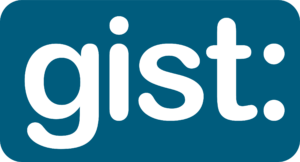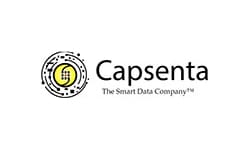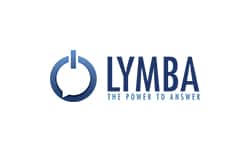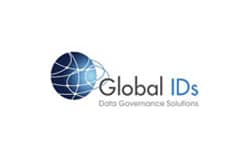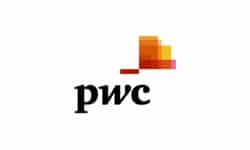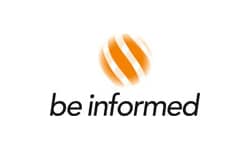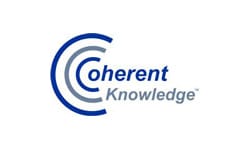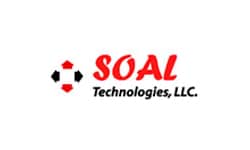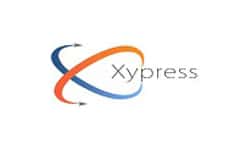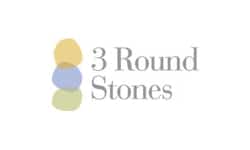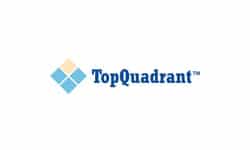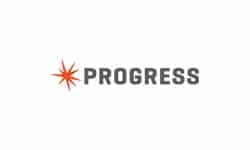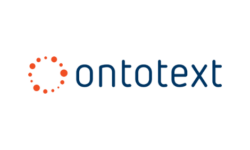Semantic Arts exists to shepherd organizations on their Data-Centric journey.
Our core capabilities include:
• Semantic Knowledge Graph Development and Implementation
• Legacy Avoidance, Erosion, and Replacement
We can help your organization to fix the tangled mess of information in your enterprise systems while discovering ways to dissolve data silos and reduce integration debt.
What is Data-Centric?

Data-Centric is about reversing the priority of data and applications.
Right now, applications rule. Applications own “their” data (it’s really your data, but good luck with that). When you have 1,000 applications (which most large firms do) you have 1,000 incompatible data silos. This serves to further the entrenchment of legacy systems, with no real motivation for change.
Data-Centric says data and their models come first. Applications conform to the data, not the other way around. Almost everyone is surprised at the fundamental simplicity, once it’s been articulated.
It sounds simple, but fifty years of “application-centricity” is a hard habit to break. We specialize in helping firms make this transition. We recognize that in addition to new technology and design skills, a major part of most projects is helping shepherd the social change that this involves.
If you’re fed up with application-centricity and the IT-fad-of-the-month club, contact us.
Read More: What is Data-Centric?
What about those legacy systems?
The move to a more data-centric architecture requires thoughtful planning. Early phases look more like a surgical process of dealing with legacy applications in a way that realizes quick wins and begins to reduce costs, helping to fund future phases. Usually, it looks something like this:
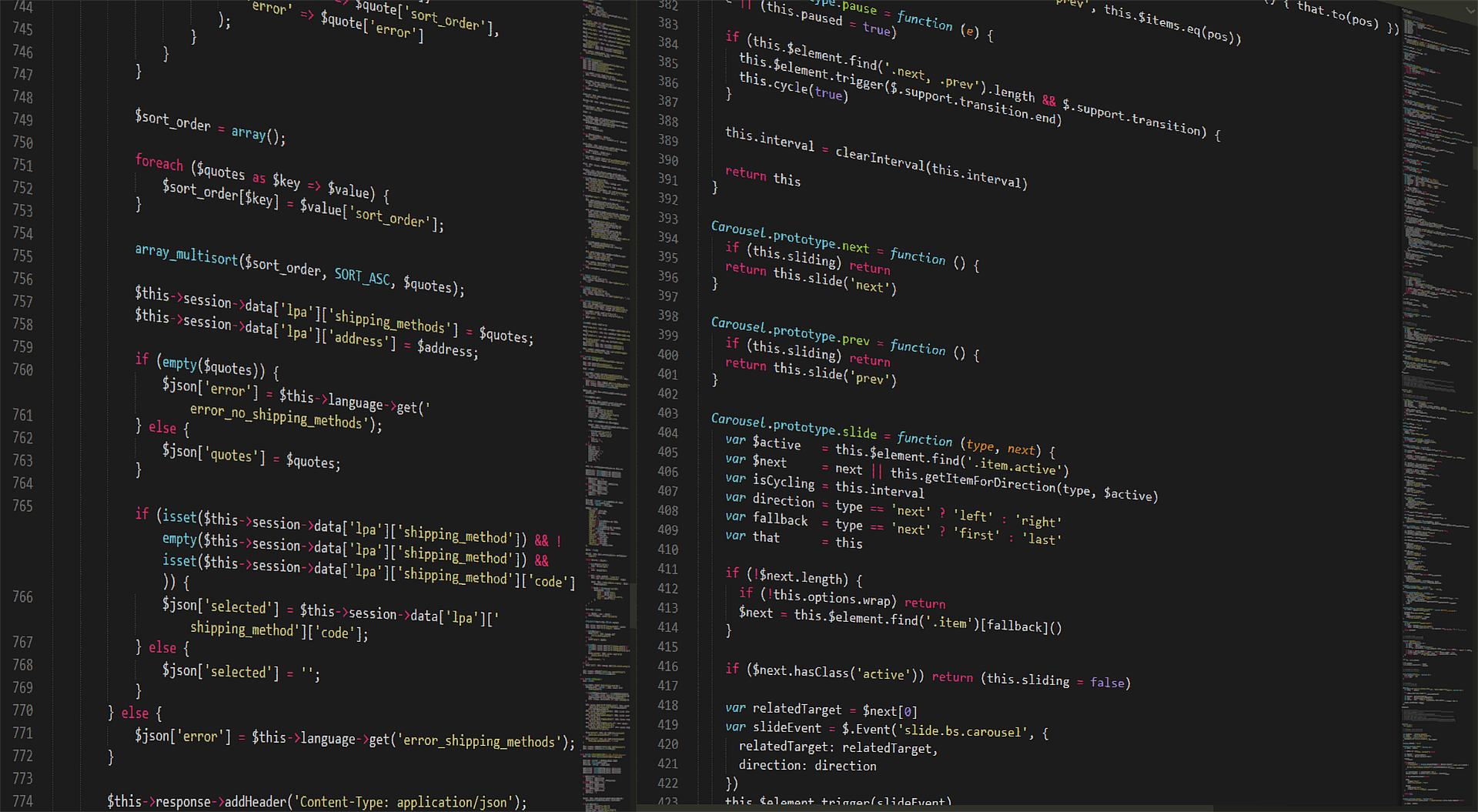
-
Legacy avoidance: The recognition that a firm has slowed down or stopped launching new application systems projects, and instead relies on the data that is in the shared knowledge graph.
-
Legacy erosion: Occurs when firms take use cases that were being performed in a legacy system and instead implement them directly on the graph. Rather than wholesale legacy elimination (which is hard), this approach allows the functionality of the legacy system to be gradually decommissioned.
-
Legacy replacement: Once enough of the data, functionality, and especially integration points have been shifted to the graph, legacy systems can be replaced. Not with “legacy modernization” systems, but with lightweight standalone use cases on the graph.
Read more: Incremental Stealth Legacy Modernization
-
ABOUT US
<p>Learn more about our mission, our history, and our team.</p> -
THOUGHT LEADERSHIP
<p>See how we are leading the way towards a data-centric future, and those who have taken note.</p> -
PROBLEMS WE SOLVE
<p>Discover how we can help you along the journey.</p>
Taking a different path STARTS NOW. Become Data-Centric to simplify and enhance your enterprise information landscape:
5 Business Reasons for Implementing a Knowledge Graph Solution
1. Comprehensive data integration
2. Contextualized knowledge discovery
3. Agile knowledge sharing and collaboration
4. Intelligent search and recommendation
5. Future-proof data strategy
Integrating semantic capabilities into enterprise business processes has been the foundational shift that organizations such as Google, Amazon, and countless others have leveraged. The results are tangible: increased market share and revenue, lower costs, better customer experiences, reduced risks, and the promotion of innovation.
Semantic Arts’ professional services deliver true solutions (not gimmicks) for current and future information management challenges.
FROM OUR BLOG
Colorado Child Support Enforcement
Colorado Child Support Enforcement We have done a series of projects with Colorado Child Support Enforcement to help them understand, at a high level, how their future systems might look when they are partitioned, when they incorporate an SOA architecture and when they conform to a common semantic model. We are currently working with COCSE...Continue reading→
Schneider-Electric Product Catalog
Schneider-Electric Product Catalog Schneider-Electric employs 160,000 employees in 140 countries. They make over 1 million industrial scale electric devices. We were retained to help them get more value out of their product catalog. We built a high-level version of their enterprise ontology to make sure the work on the catalog would fit in with other...Continue reading→
S&P Platts: Data Aggregation
S&P Platts: Data Aggregation The commodity world has its own way of carving the world into manageable regions. We are accustomed to thinking that counties are in states, states in countries and countries in continents. Even that has its exceptions. In the world of commodities (natural gas versus sugar beets, versus solar power), this is...Continue reading→
Management Consulting: Privacy
Management Consulting: Privacy Every firm has a privacy problem. The advent of regulations such as GDPR and CCPA are bringing this to the forefront. Our client has a great reputation for helping their clients with these issues on an advisory basis, but they believe there is a much bigger play in building the starting point...Continue reading→
Harvard Pilgrim: Canonical Modeling
Harvard Pilgrim: Canonical Modeling Harvard Pilgrim is a major healthcare insurance company in New England. We had done some training and high-level design with them. When they began designing their SOA messages, they asked us to help them select tools to enable this. We prepared requirements unique to their situation, scouted for and found all...Continue reading→
Sentara Healthcare: Enterprise Ontology
Sentara Healthcare: Enterprise Ontology Sentara Healthcare is an integrated healthcare organization, including hospitals, clinics, home health, assisted living and health insurance. They employ 23,000 people, primarily in Southern Virginia. We worked with them to build what we believe to be the first integrated ontology for healthcare delivery. After building the ontology we worked with them...Continue reading→
Washington Department of Labor: Web Services
Washington Department of Labor: Web Services One of the shared services we designed in the Department of Labor & Industries’ long-term plan was “Web Facing Services.” When it was time to implement this, they asked us to help them define the requirements and select a software product on which to base the service. Our original...Continue reading→
Washington Department of Labor: Security
Washington Department of Labor: Security The Department of Labor & Industries, like most organizations, has implemented security separately for each of its applications. The more applications you get, the more redundancy is introduced, and the more likely it is that you are inconsistently applying the law and your own internal policy. We began this project...Continue reading→
Washington Department of Labor: Referral Tracking
Washington Department of Labor: Referral Tracking We were retained by the Washington Department of Labor & Industries to determine if it was feasible to design and build an “Enterprise Referral Tracking System.” One of the first challenges was to figure out what constituted a referral. After a few straw man definitions and a lot of...Continue reading→
S&P Platts: Identity Resolution
S&P Platts: Identity Resolution If you turn on the news and hear that Brent Crude is trading at $19 a barrel (did it really get to $19 dollars? Yes, it did, we’re living in strange times), it’s very likely that it was Platts that determined this price. Platts are in the “price assessment” business. If...Continue reading→
gist: 12.x
gist: is our minimalist upper ontology. It is designed to have the maximum coverage of typical business ontology concepts with the fewest number of primitives and the least amount of ambiguity. Our gist: ontology is free (as in free speech and free beer–it is covered under the Creative Commons 3.0 attribution share-alike license). You can use as you see fit for any purpose, just give us attribution.

